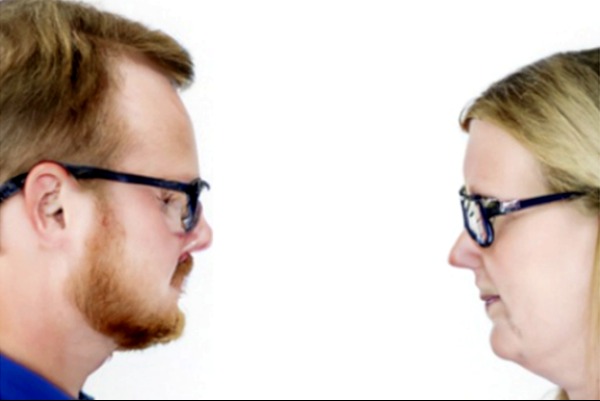Introduction
Product Managers and Product Owners are both critical roles in an organization’s NPD function. How you define them will be an important part of any agile transformation.
Product management involves the identification, definition, development, and launch of products that meet customer needs and business goals. However, the roles and responsibilities of product management can vary across organizations and industries. In some organizations, the terms “product manager” and “product owner” are used interchangeably, while in others, they are distinct roles with different responsibilities. In this article, we’ll explore the major differences between a product manager and a product owner.
Definition
First and foremost, it’s important to understand how these two roles are defined. A product manager is responsible for the overall strategy, planning, and execution of a product. They are the person who has the ultimate responsibility for the product’s success or failure. A product owner, on the other hand, is responsible for managing the product backlog and ensuring that the team has a clear understanding of what needs to be done to deliver the product.
Scope
One of the major differences between a product manager and a product owner is the scope of their responsibilities. A product manager is responsible for the entire product lifecycle, from ideation to launch and beyond. They work closely with cross-functional teams, including design, engineering, sales, and marketing, to ensure that the product is meeting customer needs and business goals. A product owner, on the other hand, focuses specifically on the development phase of the product. They work closely with the development team to ensure that user stories are well-defined and that the team has a clear understanding of what needs to be done to deliver the product.
Vision
Another key difference between a product manager and a product owner is their vision for the product. A product manager has a high-level view of the product and is responsible for setting the product strategy and direction. They work closely with stakeholders to understand customer needs, market trends, and competitive landscape, and use this information to shape the product vision. A product owner, on the other hand, has a more tactical view of the product. They are responsible for ensuring that the development team is working on the right features at the right time, based on the product vision set by the product manager.
Stakeholder Management
Stakeholder management is a critical aspect of product management, and it’s an area where the roles of product manager and product owner can differ. A product manager is responsible for managing a wide range of stakeholders, including customers, executives, sales, marketing, engineering, and design. They are the primary point of contact for stakeholders and must be able to balance the competing demands of different groups. A product owner, on the other hand, primarily interacts with the development team. They work closely with the team to prioritize user stories and ensure that the product backlog is well-defined and understood.
Decision-Making
Product management requires a lot of decision-making, and the roles of product manager and product owner can differ in this regard as well. A product manager is responsible for making strategic decisions about the product, such as which features to include and which markets to target. They must weigh the needs of customers, the business, and other stakeholders to make the best decisions for the product. A product owner, on the other hand, is responsible for making tactical decisions about the product, such as which user stories to prioritize and how to break down complex features into smaller, more manageable pieces.
Conclusion
In conclusion, the roles of product manager and product owner have some similarities, but also some important differences. While a product manager is responsible for the overall strategy and success of the product, a product owner focuses specifically on the development phase of the product. A product manager has a high-level view of the product and sets the product vision, while a product owner has a more tactical view and ensures that the development team is working on the right features at the right time


